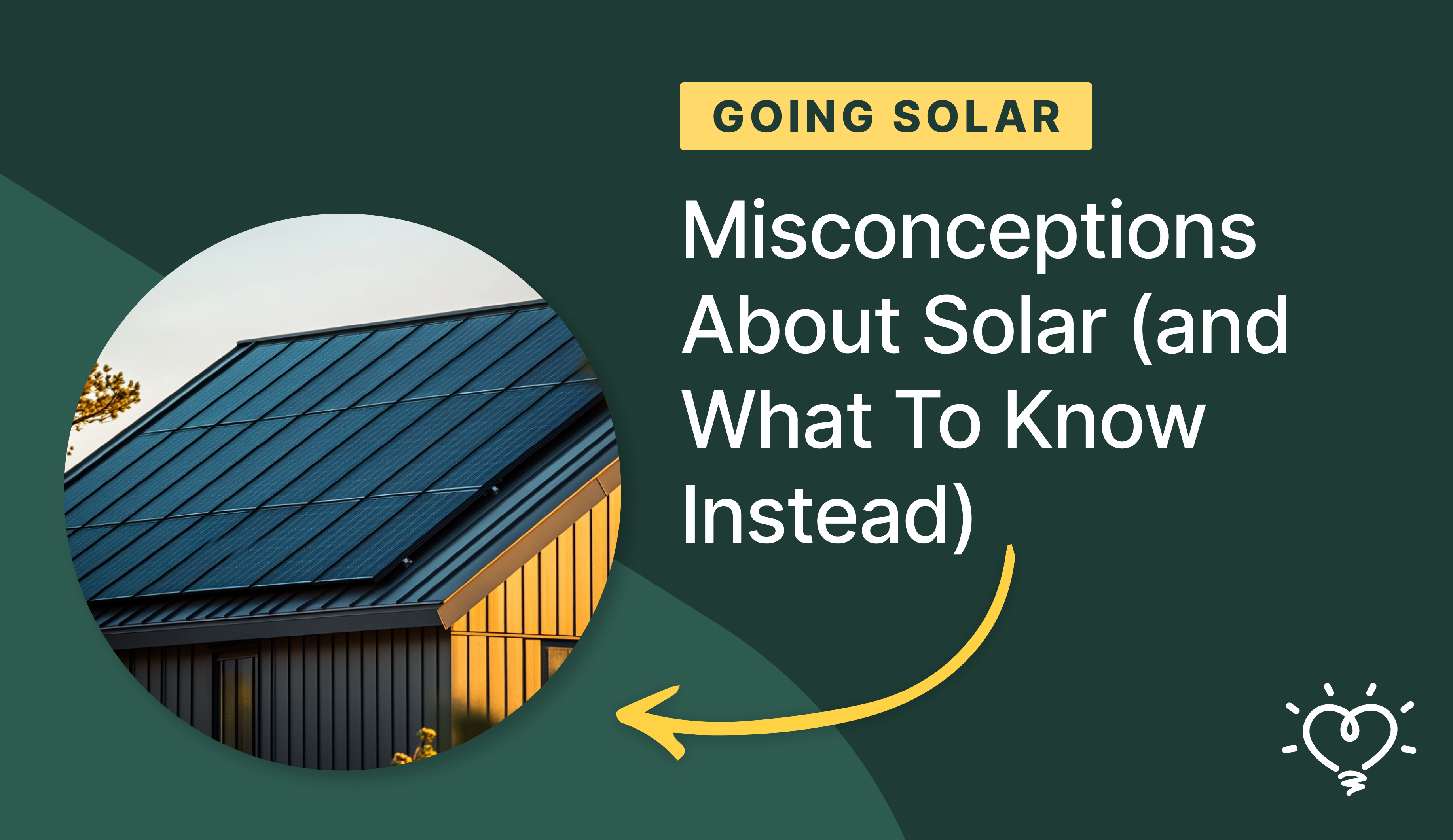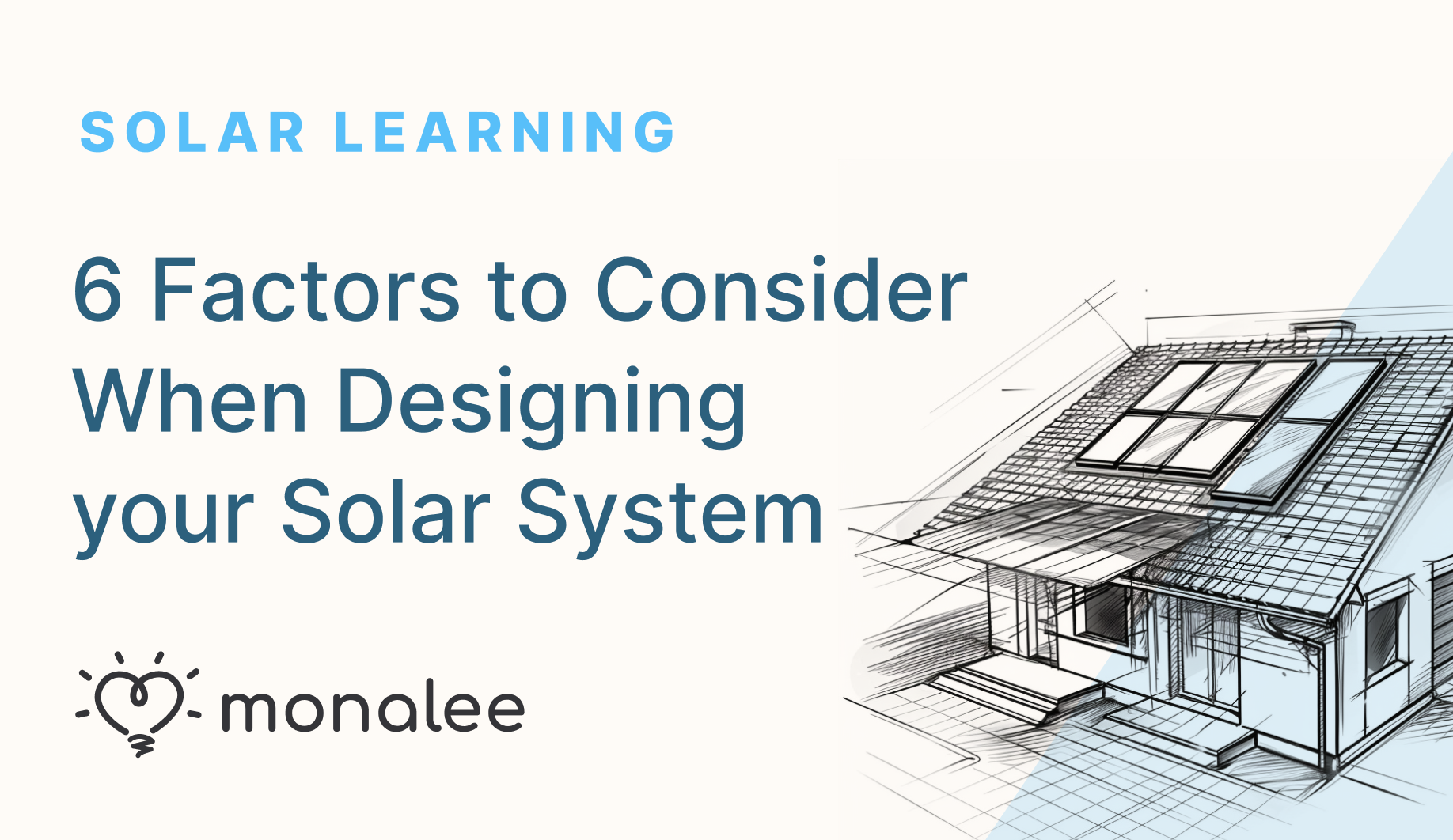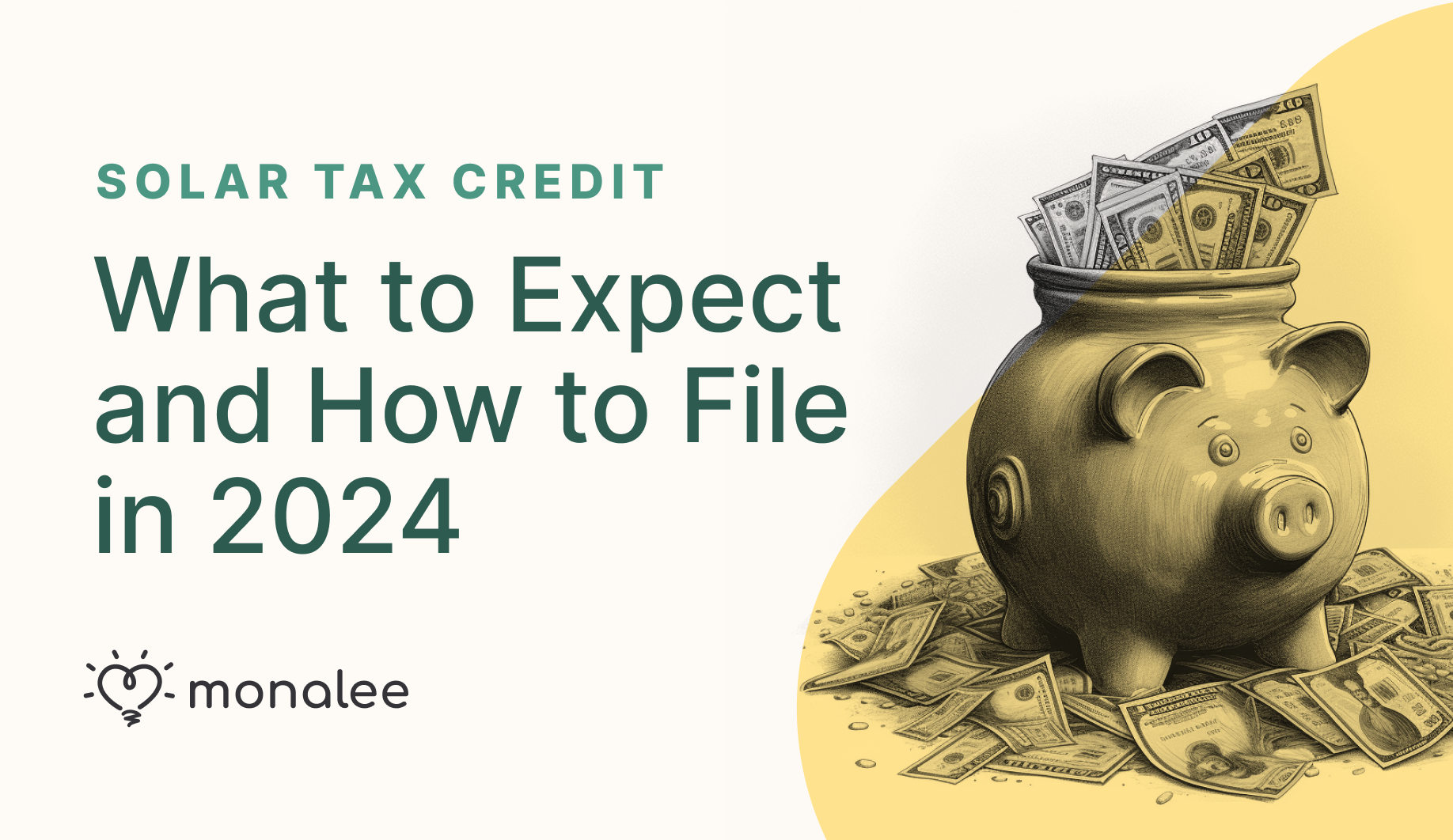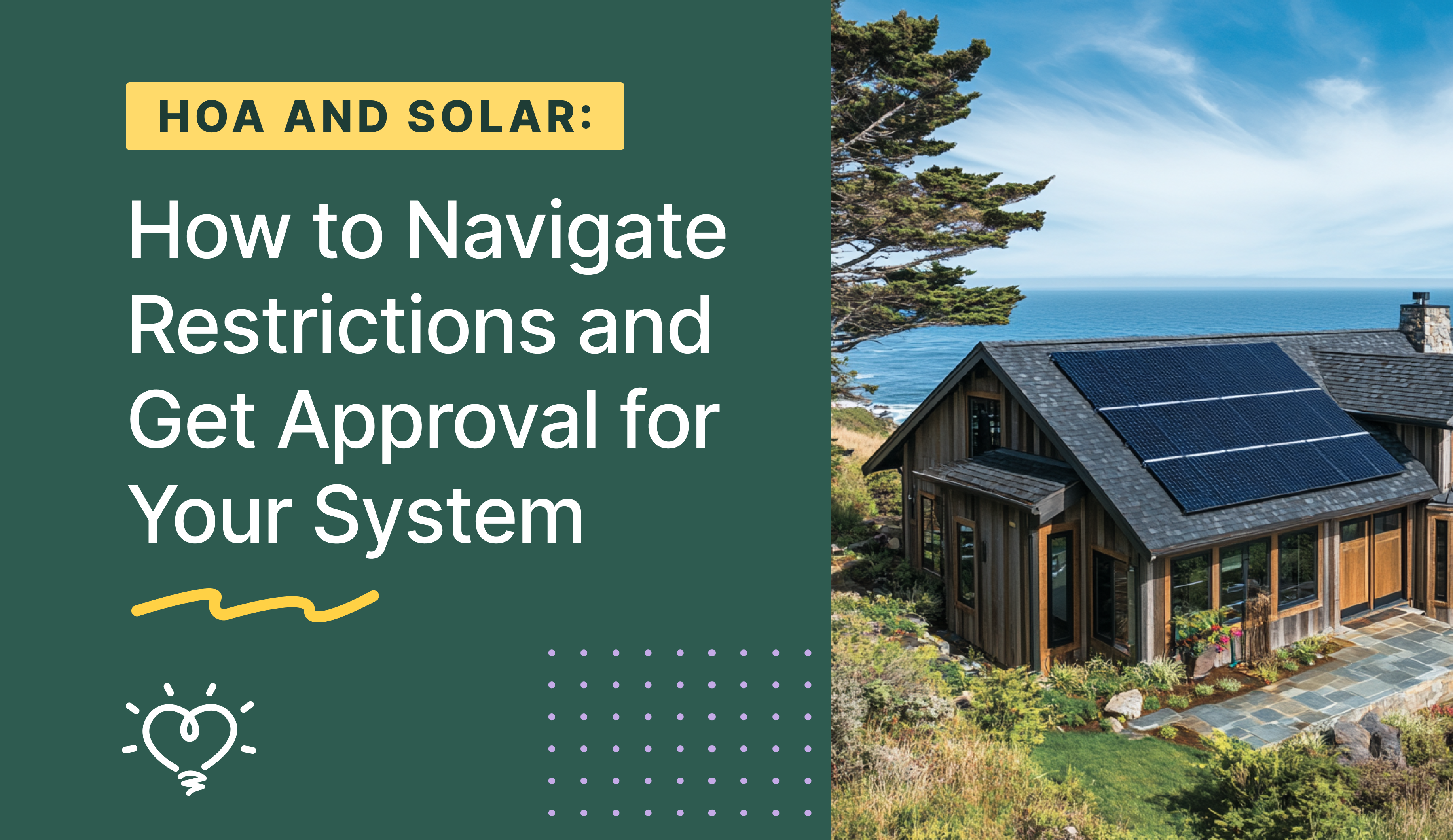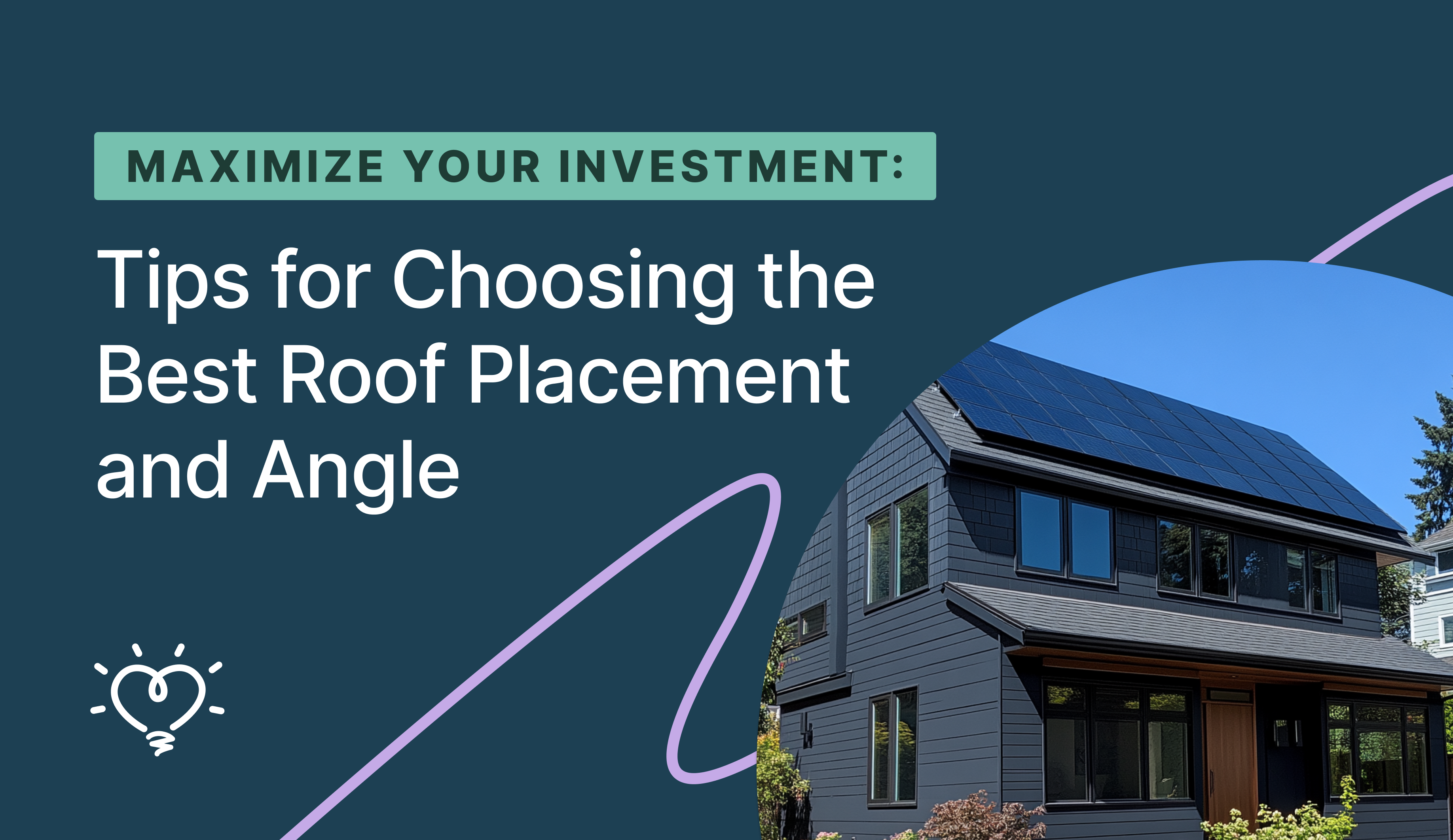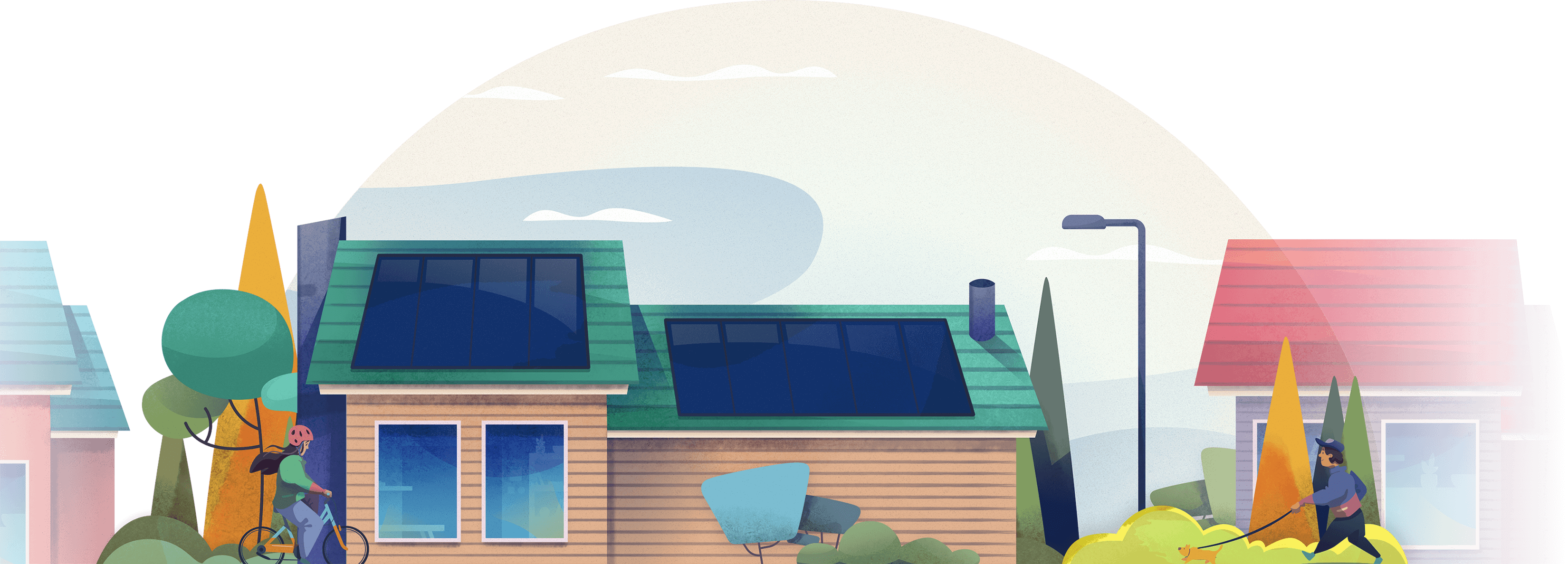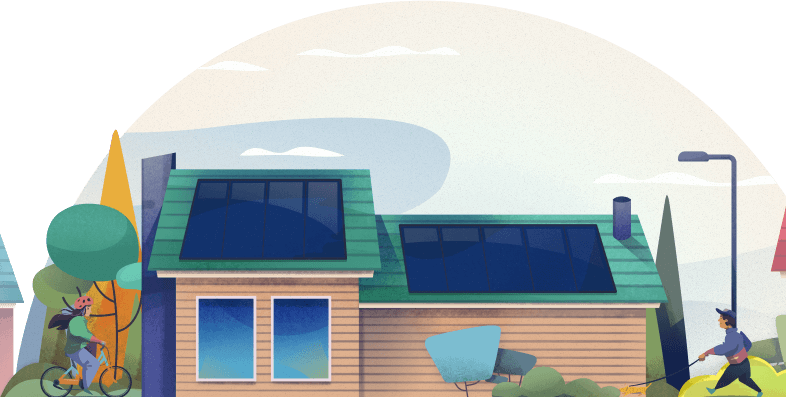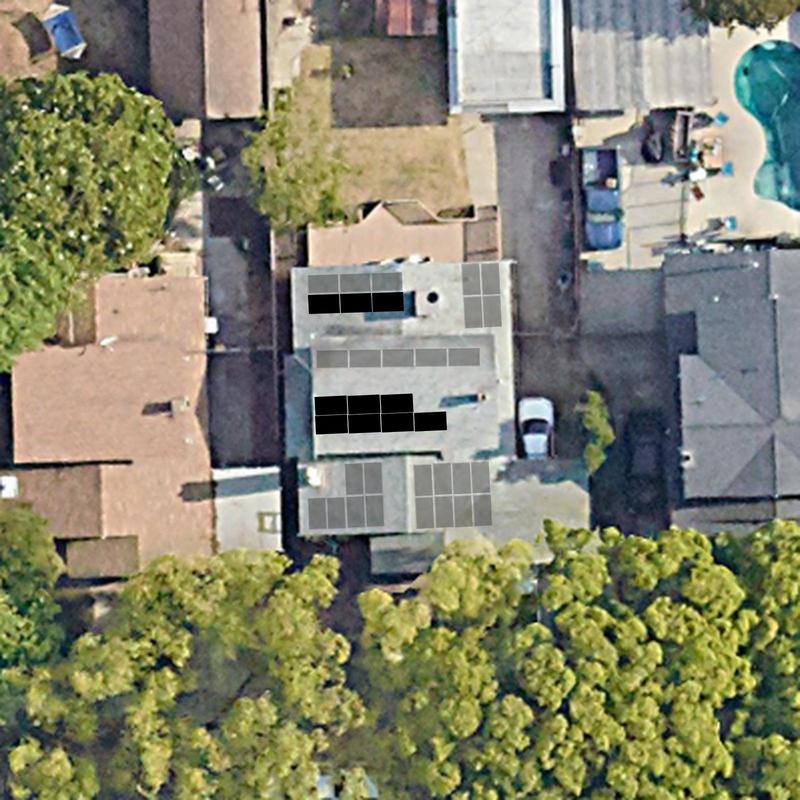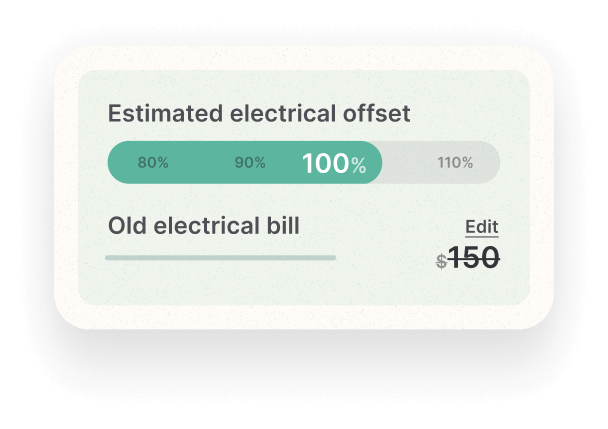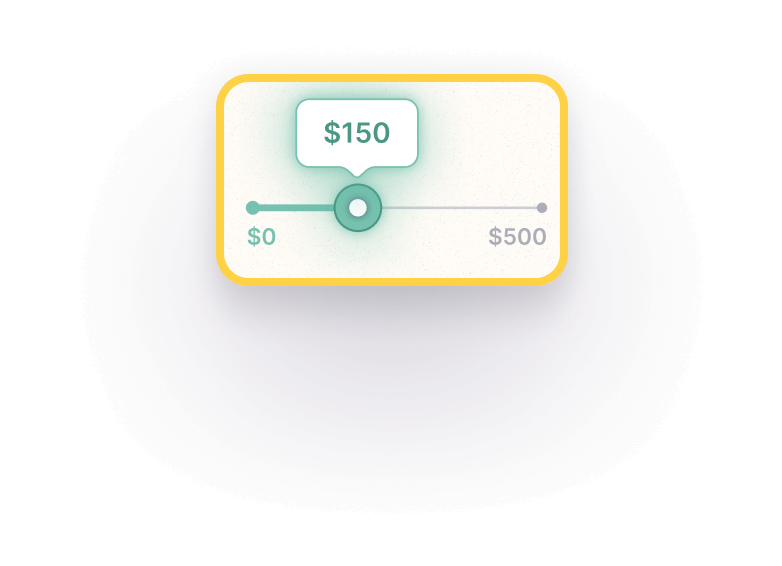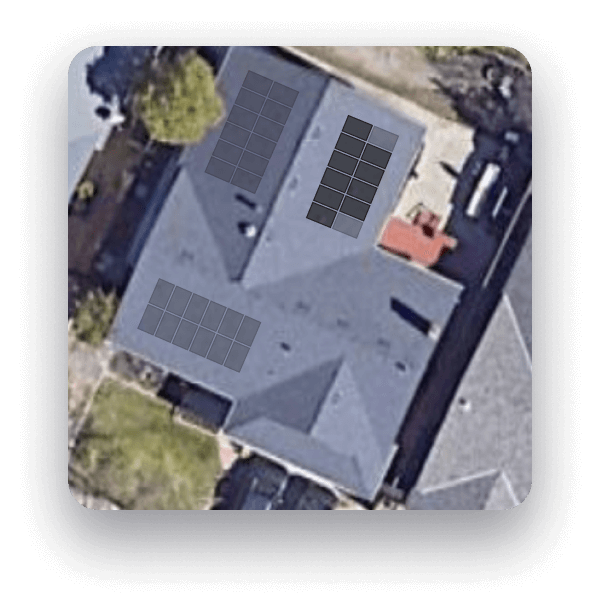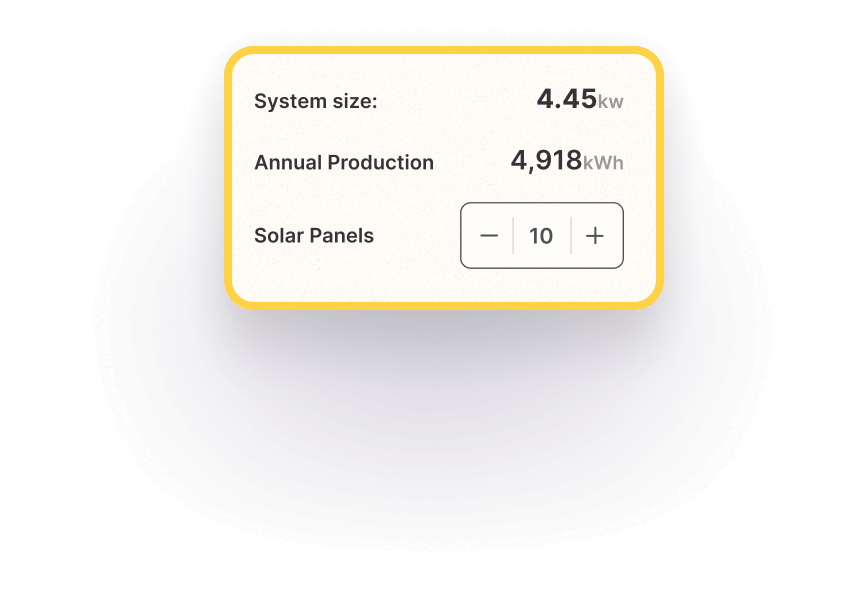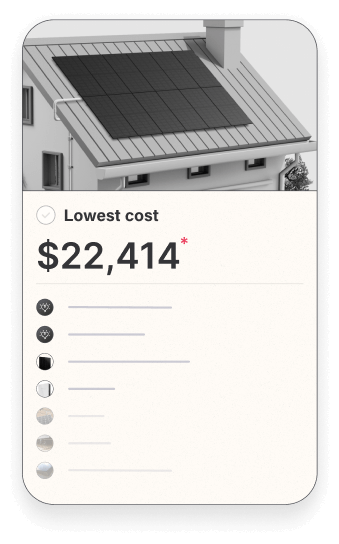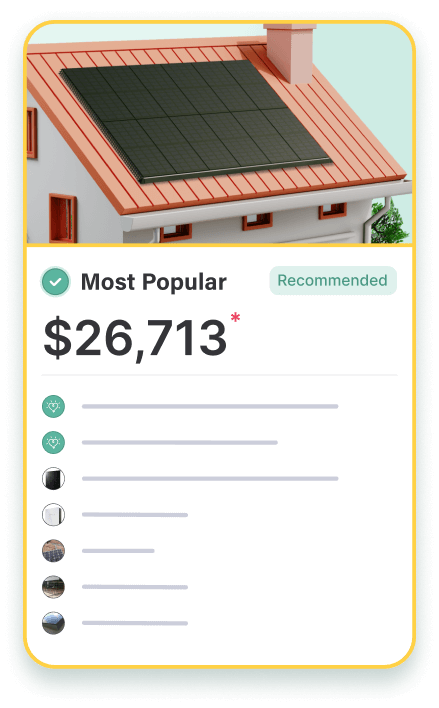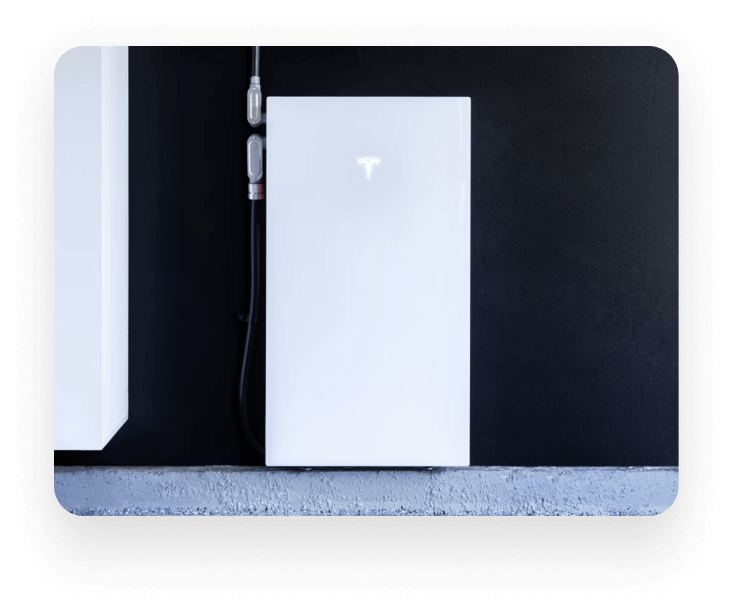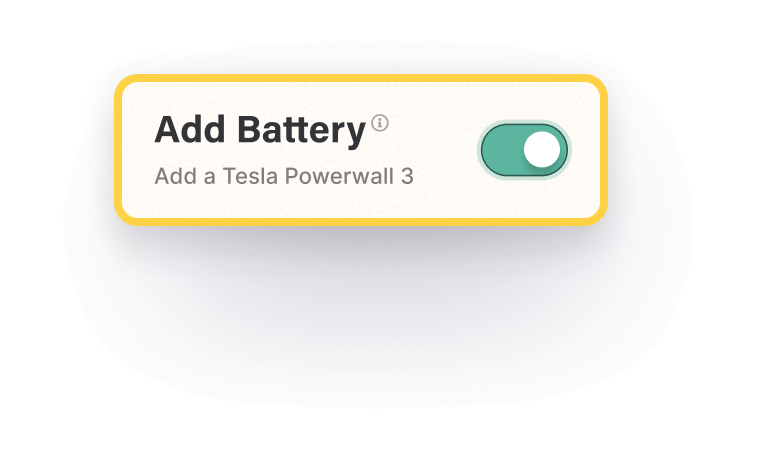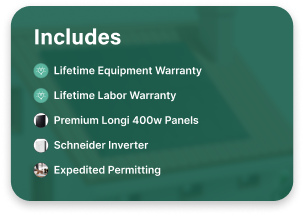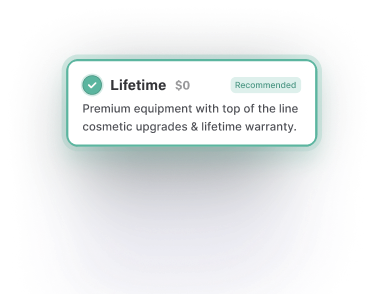Like any big decision, it’s important to have all the facts upfront—and going solar is no exception.
While it’s increasingly common to see solar panels on homes, there’s also more market competition and conflicting information about costs, equipment lifespan, and warranty reliability.
To ease your concerns, here are 10 of the biggest misconceptions homeowners have about solar energy—and what they should know, instead.
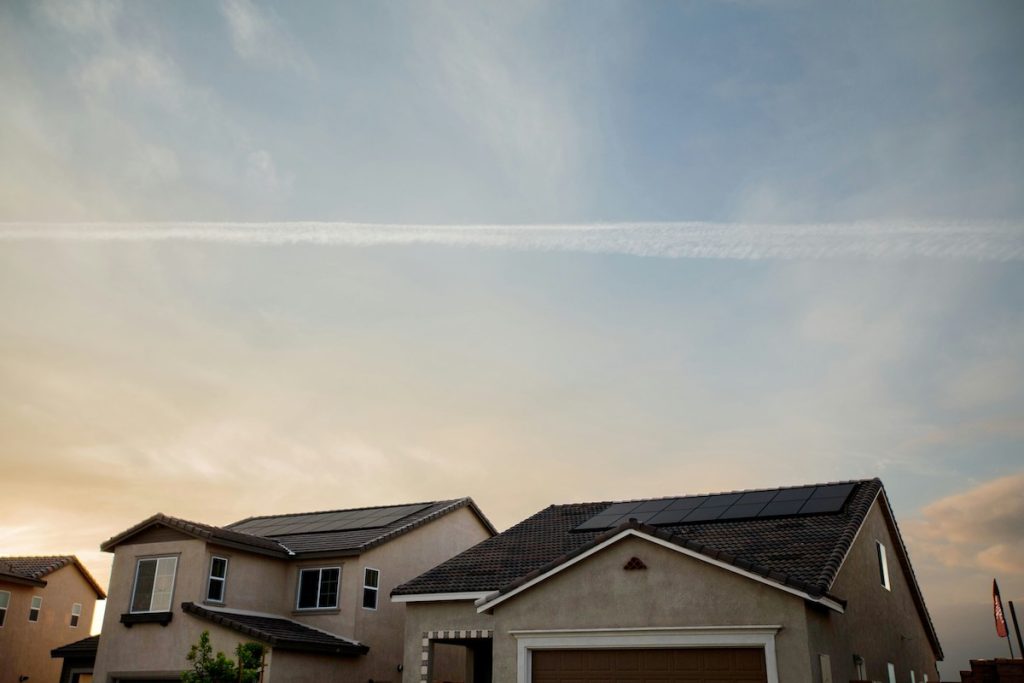
1. The cost of going solar
Misconception: Solar costs the same (more or less) no matter where you live.
Reality: Prices depend on the type of equipment you purchase, what statewide incentives are available to you, and many other factors.
In most cases, switching to solar energy is a smart move. You can avoid rising costs of electricity over the lifetime of your solar system and rely less on the local grid.
Costs are naturally going to vary. In some states, for example, electricity rates are considerably lower than the national average. In other states, like California, rates continue to skyrocket. The price also depends on how large the home is and how much energy is needed to power it. For example, a family of five will likely require more energy than a single person living alone. A small home will have fewer solar panels that fit on the roof than a larger home.
The state and region where the home is located also matters. Some states have great incentives in place around going solar while other states are phasing many benefits–such as net metering programs–out entirely.
The main thing to remember is that, regardless of the initial upfront cost, solar does pay for itself in the long-term.

2. Impact of weather on solar panel efficiency
Misconception: Solar doesn’t make sense unless you live in an area with lots and lots of sunshine year-round.
Reality: Solar panels only need a few hours of strong sunlight to power your home.
This is an easy mistake to make but the truth is that solar panels only need a few hours of strong sunlight to be efficient. In other words, it’s the number of hours of sun–rather than how hot or cold it is outside–that matters.
This means that a few hours of sunlight in the summer is just as powerful as a few hours of sunlight in the winter months. That said, in summer, you’re going to have more hours of sunlight than you would during fall and winter and therefore will produce more excess energy that you can either leverage through net metering programs or store in your solar battery.
Solar panels also produce electricity when it’s cloudy out, or when it rains or snows. Rain can actually act as a natural cleaning agent for solar panels and wipe away any leaf buildup and other debris that might have been covering the surface.
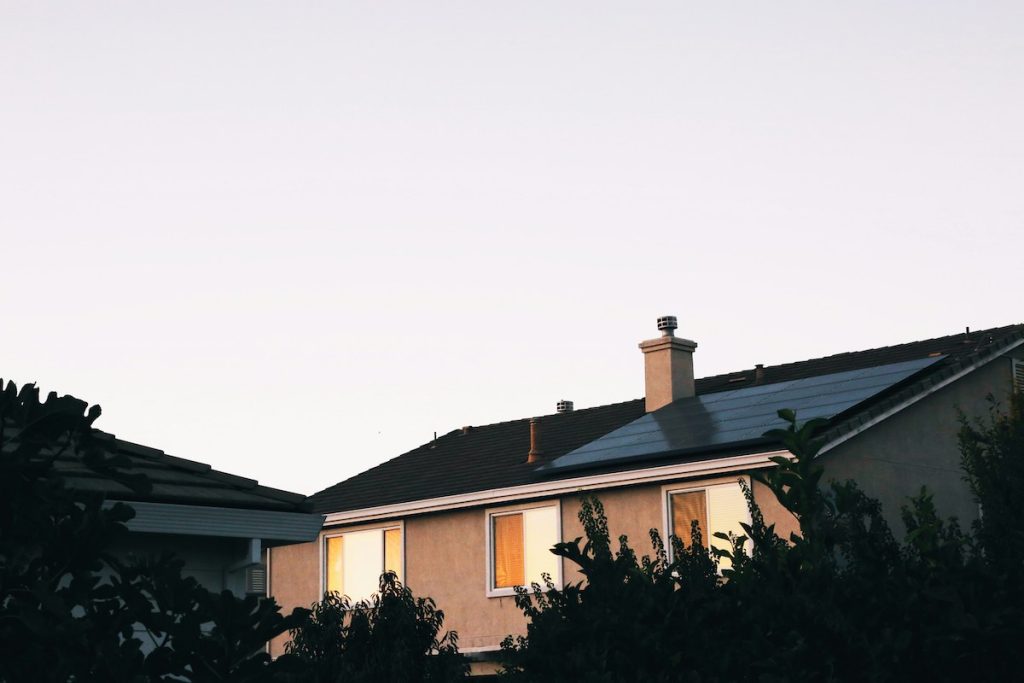
3. Solar panel longevity and efficiency
Misconception: Solar panels last for 25 years or more, and at optimal efficiency.
Reality: Solar panels slowly degrade throughout their lifetime, but still generate power.
According to a study from National Renewable Energy Laboratory (NREL), the average degradation rate is 0.50% across all solar panels. That means you could still expect your solar output to be about 89% of its original output after 25 years.
While this is the average, the rate of degradation is largely dependent on how well-made the panels are themselves. Solar panels fall into three tiers: Tier One, Tier Two, and Tier Three. Tier One is the highest level of solar panels and naturally, has the highest longevity.
At Monalee, we use LONGi 400w solar panels. Monalee homeowners also benefit from LONGi’s 25-year warranty for materials and processing and a 30-year warranty for extra linear power output.
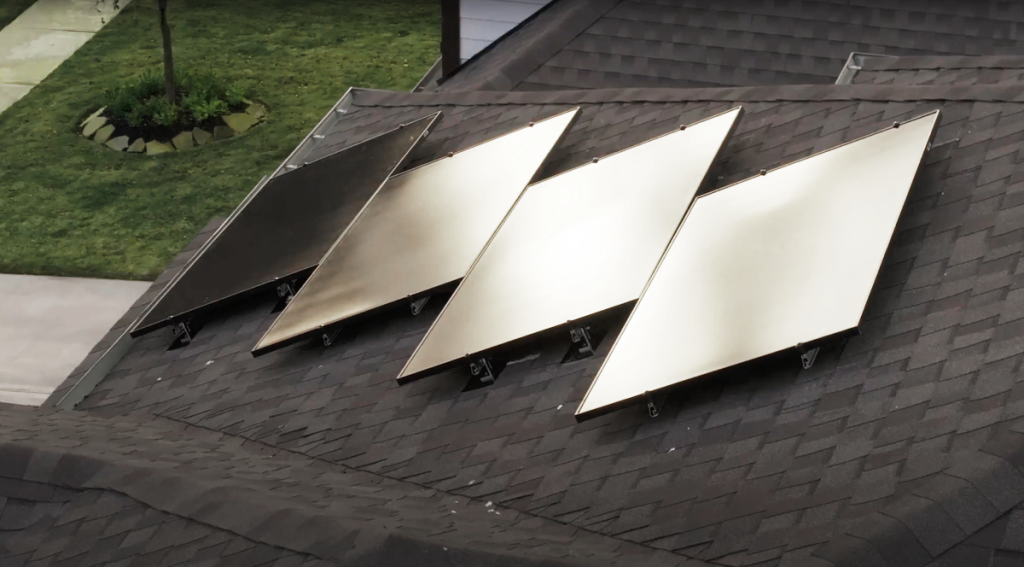
4. Energy storage (solar batteries)
Misconception: Solar panels automatically store energy for nighttime use.
Reality: To store excess energy, you’ll need a separate battery–sometimes two or more.
Buying a backup battery isn’t a prerequisite for going solar, but we definitely recommend it. Batteries allow you to use stored power at night and reduce tapping into the grid. Battery storage offers homeowners more power, flexibility, and efficiency. They’re also quieter than generators and safe both inside and outside the home.
In our experience, one battery is usually the go-to if you’re simply looking for an emergency backup during a power outage or when you need extra energy to power your home during peak summer season. For people who live in areas with frequent power outages, having backup batteries can provide a whole lot of peace of mind.
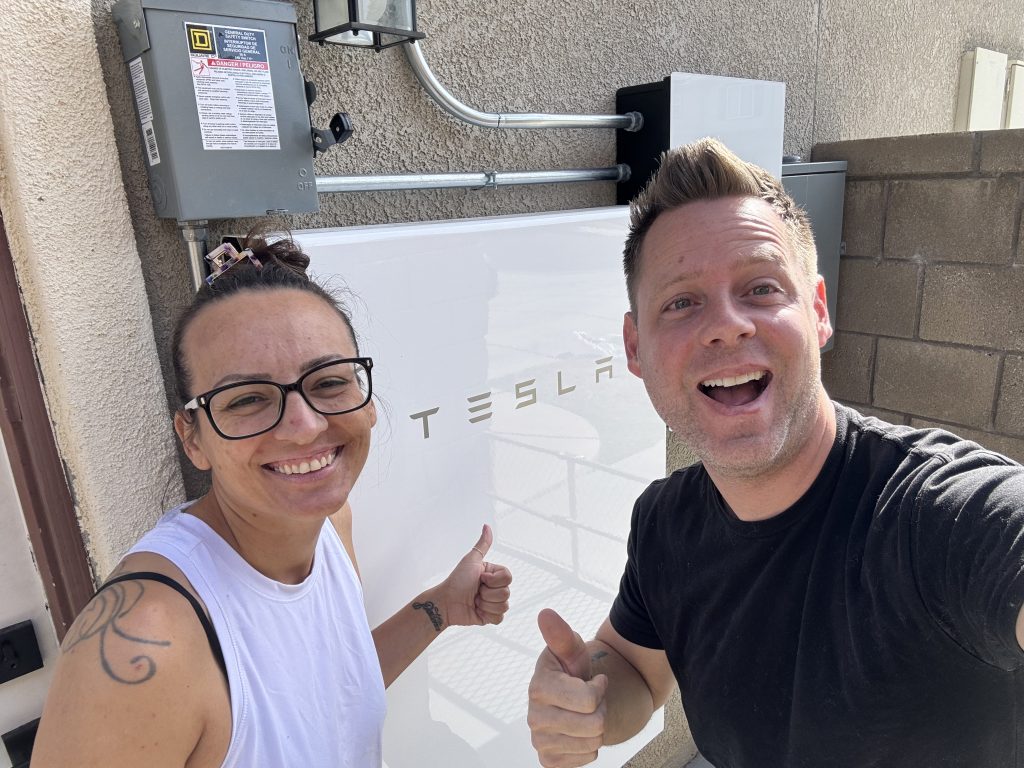
5. Grid-tied systems vs. Going off the grid
Misconception: After installing solar for your home, you will never need to rely on the grid again.
Reality: Many solar installations are grid-tied, which means you will rely on the grid when you need extra electricity for your home.
Being off-grid means that a homeowner is not connected to their utility company’s local grid and therefore completely self-reliant on solar energy. The only situations where it might make sense are if you own a vacation cabin outside of town or if you live in a remote area where the grid is either unreliable or limited.
Keep in mind that most AHJs don’t allow homeowners to completely disconnect their homes from the grid. You might also find yourself in trouble if there’s a power outage in your area and you are completely in the middle of nowhere.
A happy medium is to still remain tied to the grid, should you ever need it, but to decrease your reliance on it by purchasing one or more solar batteries. This way, whenever your solar panels don’t produce enough electricity to power your home, you can tap into your own energy reserves.
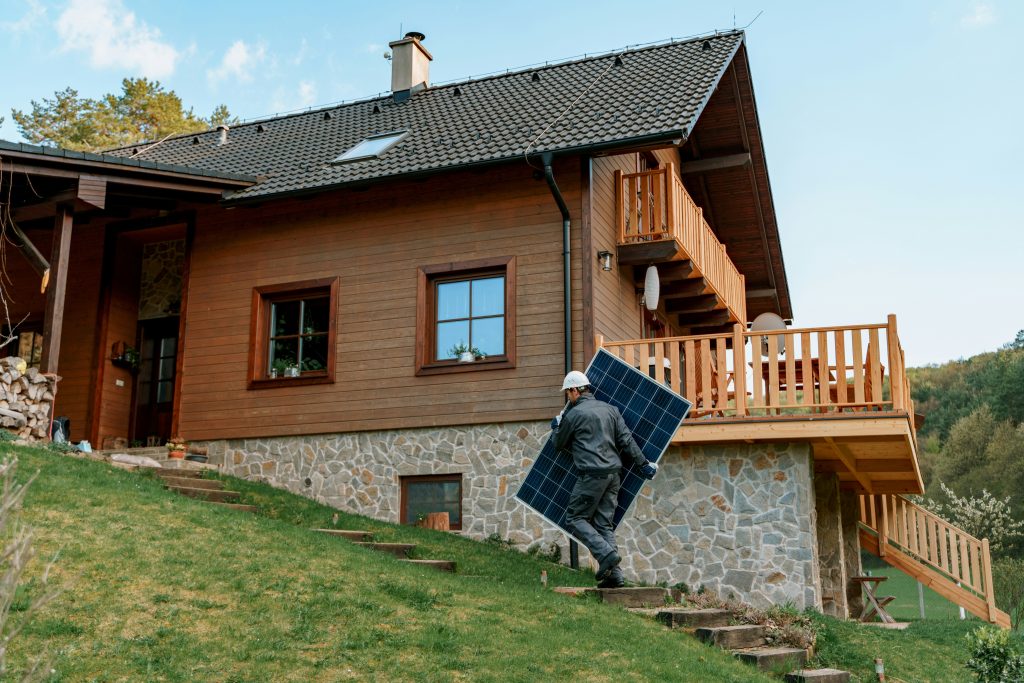
6. Return on investment (ROI) and payback periods
Misconception: ROI is the same for everyone who switches to solar, and you’ll receive your money back immediately.
Reality: A homeowner’s payback period depends on many factors but typically falls within the 5-10 year time frame.
Going solar is not going to get you an instant return on your investment, but it does ultimately pay for itself over time. In fact, studies show that just by installing solar in your home, its value increases by an average of 4.1-percent.
Each homeowner will have an estimated payback period–the amount of time it takes to save as much on your electric bill as it cost to install your solar system–that is unique to them. A few factors to consider include the size of the system itself, the amount of energy that home needs to run, whether there are any backup batteries also installed, where the home is located (relevant in terms of tax credits and rebates) and much more.
In general, the payback period for Monalee homeowners is typically shorter because our starting price is up to 50% less than what other solar companies charge. We’re able to secure significant savings upfront by leveraging our advanced machine learning algorithms to provide homeowners with instant and accurate solar designs and by removing commission-based sales people from the process.

7. Solar impacts on the environment
Misconception: Solar panels are entirely ‘green’ and fully sustainable.
Reality: Going solar is incredibly beneficial for the environment but the majority of panels are not recycled.
Solar energy, derived from the sun’s radiation, is a renewable and virtually inexhaustible resource. Its environmental impacts are considerably lower than those of fossil fuels, making it a more sustainable option.
Solar panels can and should be recycled, however oftentimes they are not. The process of separating materials can be tedious and require special machinery. It can also be costly. Recycling solar panels costs between $20 to $30 per panel while the materials recovered are worth between $3 to $12.
The good news is that new initiatives are rolling out across the country to encourage more companies to recycle their solar products.
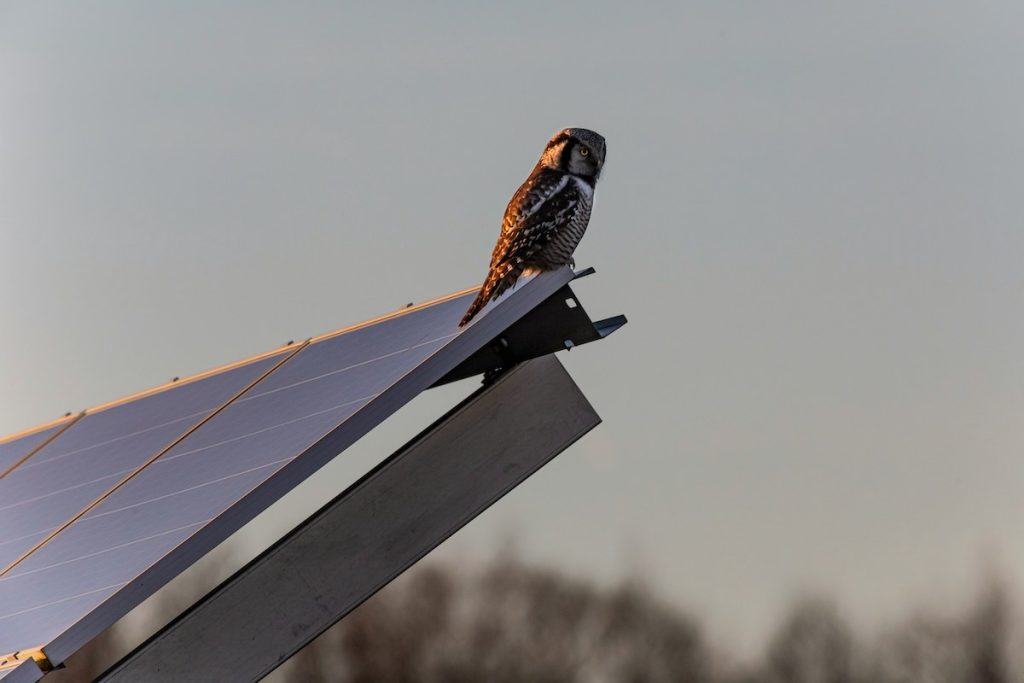
8. Federal and state solar incentives
Misconception: Federal and statewide incentives are set in stone and won’t change in the future.
Reality: Incentives like tax credits and rebates vary by state and regions and may change or phase out over time.
Ever since the federal government enacted the solar Investment Tax Credit (ITC)—more commonly referred as the “solar tax credit”—in 2006, residential solar has grown exponentially.
That said, the ITC does change over time. For context, from now through 2032, homeowners can receive a 30% tax credit on their installed PV systems (photovoltaic panels, otherwise known as solar panels). Starting in 2033 (filing taxes in 2034), the solar tax credit drops to 26% and by 2034 that credit drops to 22-percent.
On a state level, tax credits and rebates really differ. Many states, such as Florida and Colorado, offer statewide solar sales tax exemptions and net metering programs, while other states break incentives down even further.

9. Solar panel orientation
Misconception: As long as there is sunshine, it doesn’t matter which direction solar panels face.
Reality: Orientation and tilt are so important in designing an optimal solar system. Ideally, panels in the northern hemisphere should face south.
From afar, solar panels on a roof might all look the same from one home to another, but if you look closely you’ll start to notice some small but very important differences.
There are so many factors to consider when designing an optimal solar system. For context, our proprietary machine analyzes a roof’s azimuth, pitch, and plane as well as any obstacles such as chimneys and vents.
We also take into account whether there are trees or other objects that might cast shade on your solar panels. When there’s a shading effect on solar panels, it reduces how much energy that system will generate. Even something as small as a leaf covering part of a panel can negatively impact solar power output.
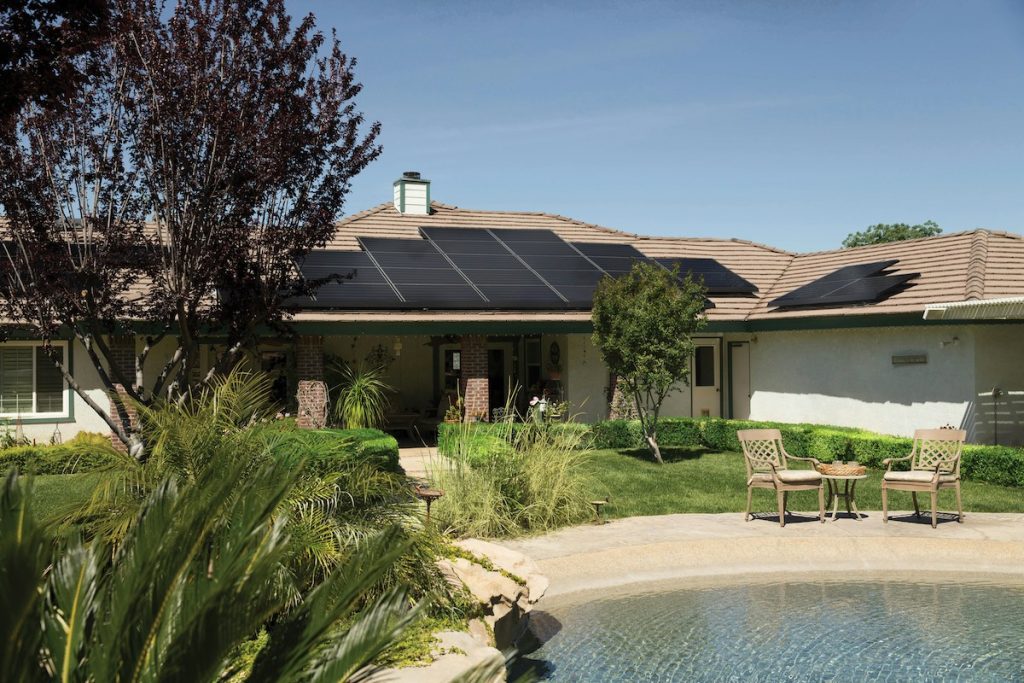
10. Turning on your solar system
Misconception: Solar panels can begin working as soon as they are installed on your roof.
Reality: Before you can activate a home solar system, you need to pass a final inspection and receive PTO from your utility company.
Installation day is a really exciting time in a homeowner’s journey toward solar, however it’s important to remember that your system can’t be activated right away.
After installation–and before you’re allowed to ‘turn on’ your system–you’ll need to pass a final inspection from their local jurisdiction and receive Permission to Operate (PTO) from their utility company. During the final inspections—assuming you pass—you will receive a report that you can then submit to your utility company for PTO.
As soon as PTO is approved, you can safely turn on your system. At Monalee, we handle this for you to ensure you understand how to monitor energy production as well.
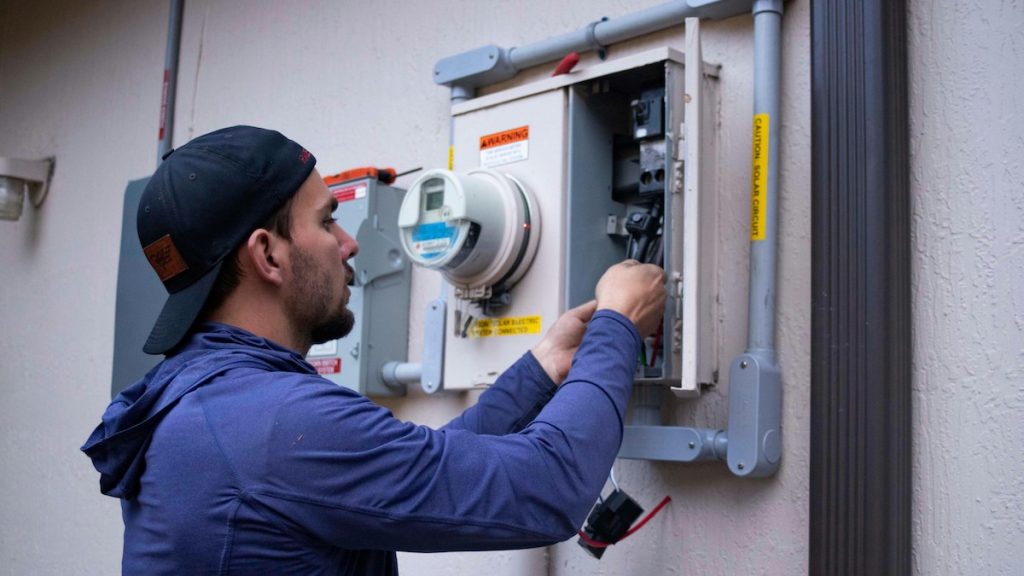
Final Thoughts
When deciding whether or not to go solar, it’s helpful to have all the information up front. At Monalee, we create instant design proposals that include accurate pricing so that you have a clear understanding of what solar costs based on where you live, the system size that will best power your home, and many other factors. No matter what solar company you go with, make sure that they offer transparent pricing and come with years of experience.
